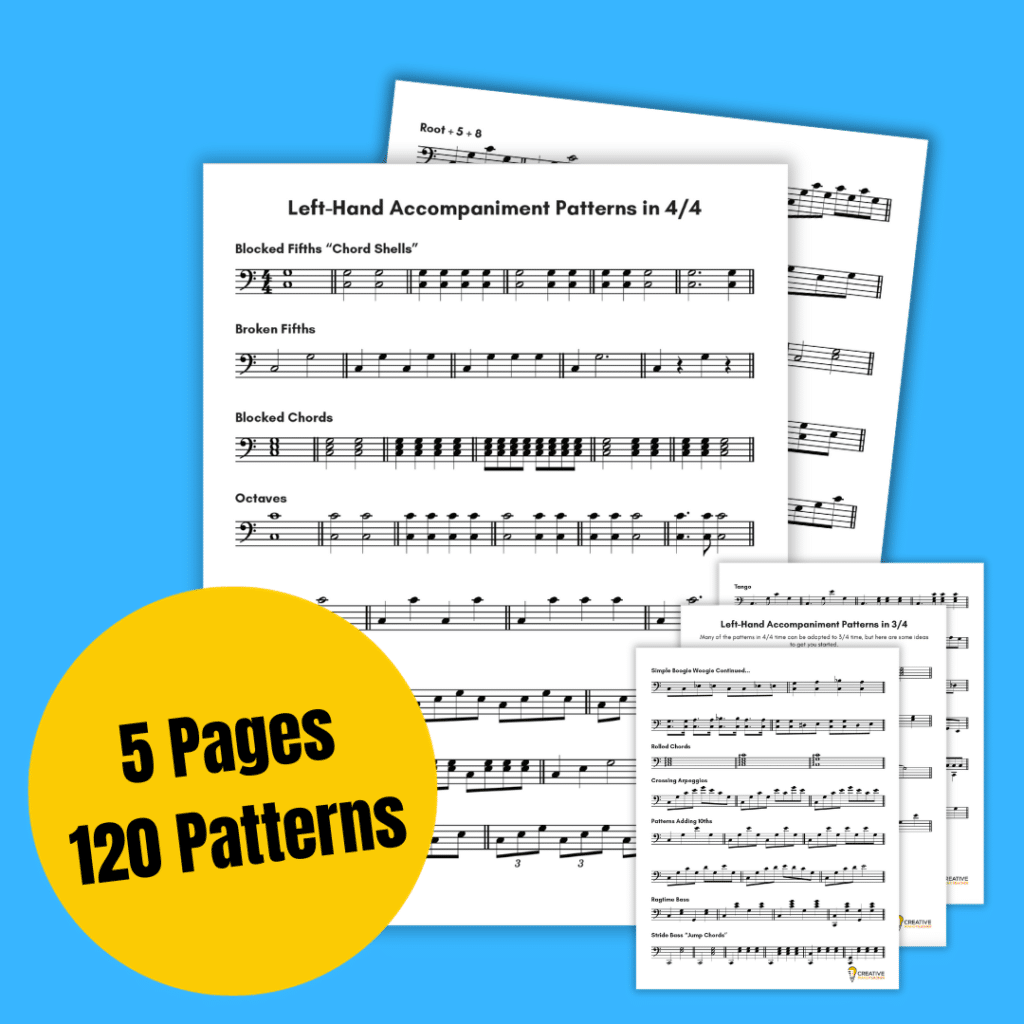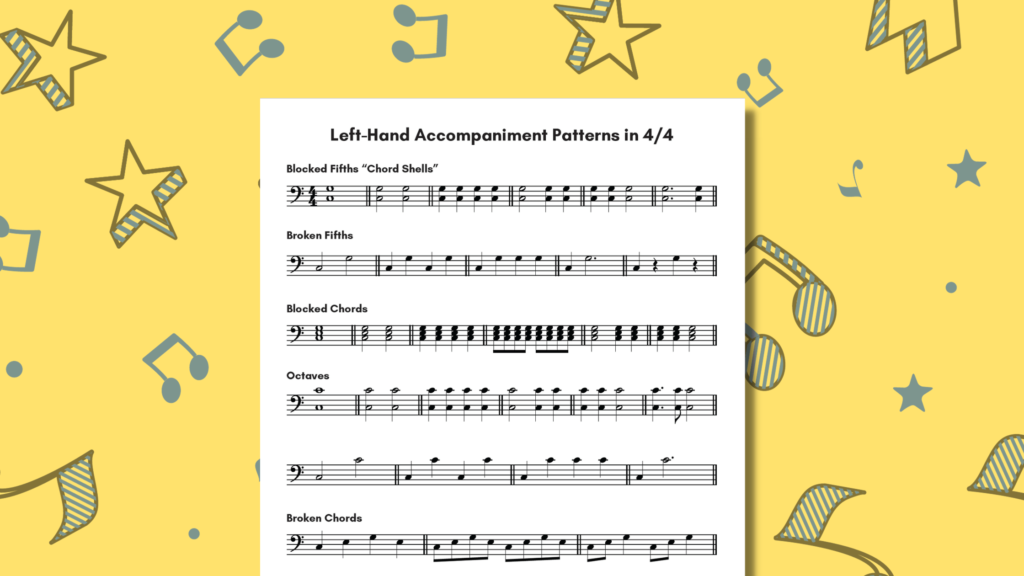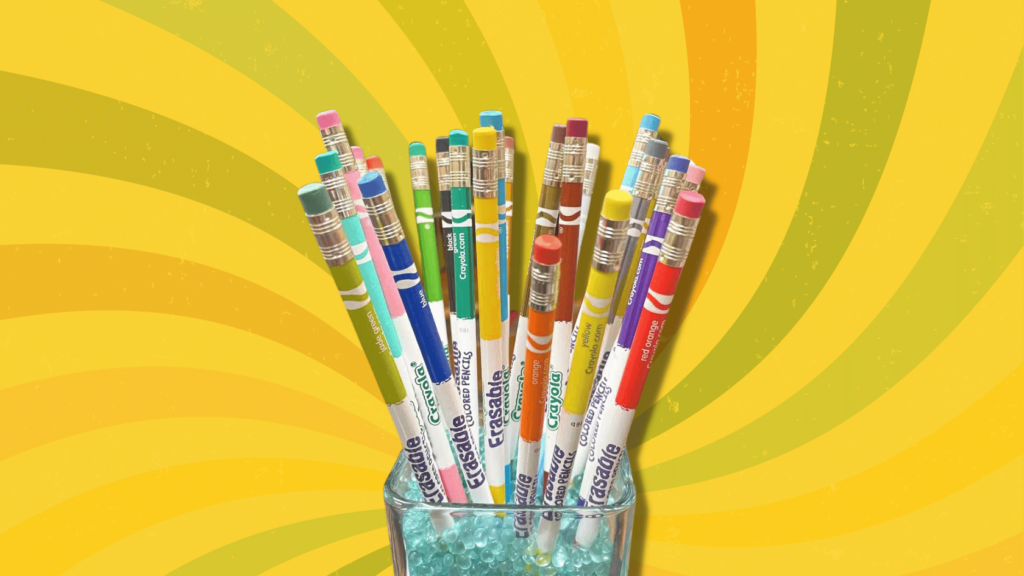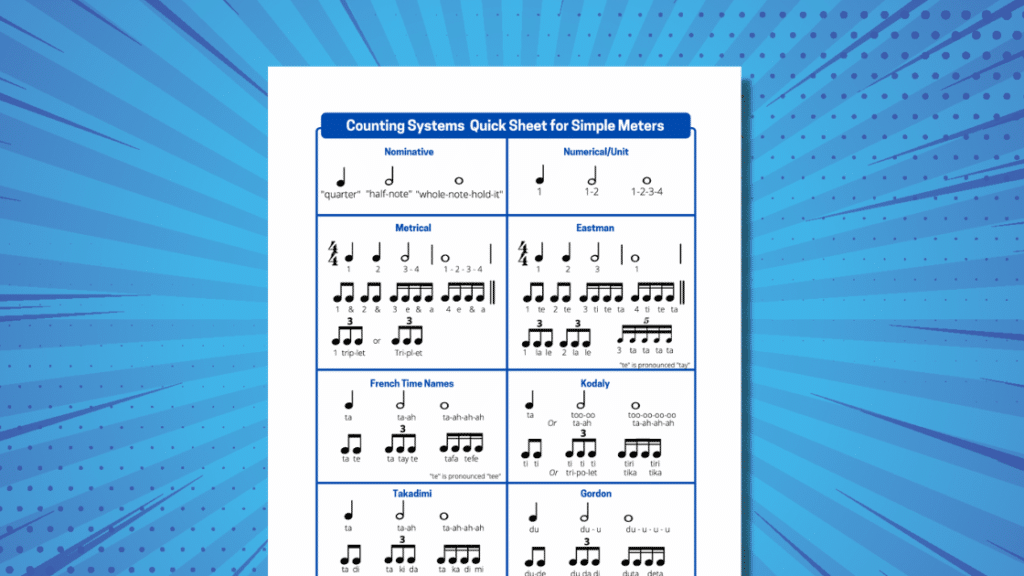Teaching music skills outside the traditional repertoire can help students learn to do more than just memorize and perform music. Don’t get us wrong: we love, respect, and teach all of this wonderful traditional repertoire, but we also want our students to become versatile, well-rounded musicians who have a personally rewarding and marketable skill set. In this article, we give tips for teaching a variety of left-hand accompaniment patterns that can help students play from lead sheets and chord charts or even compose, arrange, and improvise their own music.
We’re also excited to share a free document with you that includes over 120 left-hand patterns. Simply sign up for our monthly Creative Piano Teacher Toolbox newsletter and get a free copy of this resource in your starter pack. This once-per-month newsletter focuses on sharing high-quality, exclusive resources with our subscribers, so be sure to register and not miss out on free premium content.

Where to Start: The Easiest Left-Hand Patterns
Even students with very little piano experience can begin using left-hand patterns in creative music projects. This is especially great for older beginners and adults who have a desire to create “cool and full” sounds early in their studies. To ensure they are successful with these patterns, it’s important to know which ones to teach first. We’ve found that simple blocked patterns (notes played simultaneously) are the easiest to play and coordinate with the melody in the beginning.

The simplest pattern is a blocked fifth (or “chord shell”) without the third of the chord. It’s easy for small hands and sounds good just about anywhere on the piano. Triads, on the other hand, are more challenging for small hands to manage and sound murky when played below bass C. An added benefit of playing fifths is that students don’t have to distinguish between major and minor since the third has been omitted. This simple pattern provides an excellent point of entry into creating accompaniments.

Leveling Up: Patterns That Inspire and Create a Big Sound
Once students feel at ease with blocked chords and some of the easier broken chord patterns, you can gradually introduce more complex accompaniments that fit a variety of musical genres. On our left-hand accompaniments printout, we’ve organized all of these by category and style.
Generally, the more space we add between notes in a pattern, and the lower in the register we go, the richer and fuller the accompaniment becomes. One of our favorite patterns to help students feel like they are getting a big, beautiful sound is the root + 5 + 8 pattern. Students only have to add the octave above the fifth to play this one. Now, make this a broken chord pattern, and you have a gorgeous rolling accompaniment!

Even though there are a whopping 120 patterns on the free handout, this only skims the surface of possibilities. Don’t be limited. Have fun modifying these and make up your own! In the following video, we demonstrate a rolling chord pattern with an added 2. Just another creative possibility!
How to Incorporate Left-Hand Patterns in Your Piano Teaching
Lead Sheet and Chord Chart Playing
In our largely contemporary musical world, we can’t neglect teaching lead sheets and chord charts. Traditional repertoire only makes up a small portion of music in our culture (most likely one of the smallest portions!). Therefore, we MUST find ways to help students become versatile, well-rounded musicians who also know their way around a contemporary music setting. A knowledge of accompaniment patterns is essential if students want to add variety to different verses of a song or be able to entertain at their first gig.
Here is how we dressed up this simple lead sheet by adding a jazzy left-hand accompaniment and some melodic fills.
If you are interested in exposing your students to more lead sheet playing, check out this article and learn more about our Easy Piano Lead Sheets series. You can get four free lead sheets by visiting our free resources page.
Composing and Arranging
When our students bring us compositions or arrangements they’ve been working on, we often find that they are stuck on blocked triad accompaniments. This offers a brilliant opportunity to introduce a new world of sounds and styles. It’s been our experience that students get a lot of joy from seeing their compositions take on new life after simply upgrading their accompaniment choices.
To prepare students for this work, begin by having them identify the left-hand accompaniment style in each new piece they learn. We’ve created names for many of the patterns, but you can also come up with some of your own fun names to help remember them. The familiarity of knowing and identifying these patterns will make it easier for students to incorporate them into their own compositions.
Improvisation
Improvisation in the piano studio often involves students making up a melody to go with a teacher accompaniment. However, the next goal should be to teach students how to improvise with BOTH hands! Start by having them practice some of these popular chord progressions based on the I-V-vi-IV progression.

Once these progressions are comfortable, students can practice playing them with various left-hand patterns. Finally, have them select the appropriate scale and begin adding improvised melodies in the right hand. Remember, blocked chords are the easiest to start with first. Make sure your student can handle the easiest patterns before leveling up.
Final Thoughts
If you don’t have much experience with improvised music or left-hand patterns, that’s okay! It sometimes takes a while to warm up to this kind of music making, but it definitely gets easier the more you do it. You can also check out some of these resources and methods to help you and your students become more acquainted with chord-accompanying skills:
Chord Play by Forrest Kinney
Fake Book Fundamentals by Holly McCann
Easy Piano Lead Sheets and Chord Charts series by Olivia Ellis and Davis Dorrough
Easy Fake Book series by Hal Leonard
Musical Moments and Way Cool Keyboarding by Debra Perez
We hope you have fun using these patterns and ideas in your next lesson! Let us know in the comments below if you have a fun tip or resource for teaching accompaniment patterns.

A passionate music educator, presenter, and author, Davis spends his days empowering music students through creative teaching and music education resources. He is a frequent presenter at conferences and workshops across the nation and is co-author of the Easy Piano Lead Sheets and Chord Charts series. He currently lives in Cincinnati, Ohio.



